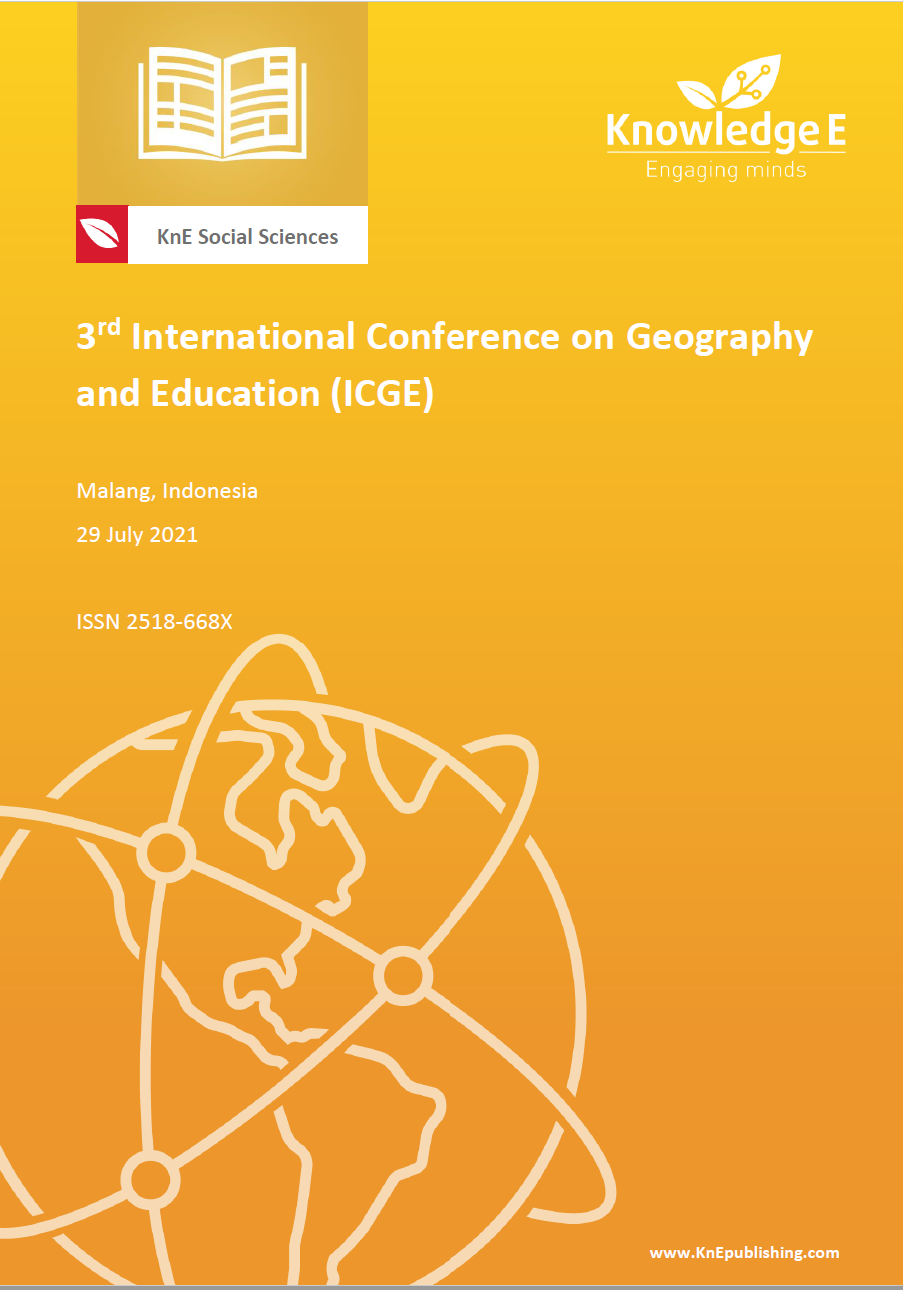Application of Cultural Tourism Using Community-Based Tourism in the Kayutangan Heritage Area of Malang City
DOI:
https://doi.org/10.18502/kss.v7i16.12191Abstract
The Kayutangan heritage area still maintains the architectural forms from its Dutch colonial heritage. The attractions of this form include: cultural heritage buildings, burial sites, irrigation canals and tunnels, the krempyeng market, and events. The purpose of this research was to describe and analyze the application and impact of cultural tourism with the community-based tourism (CBT) concept in the Kampoeng Kayutangan heritage area in Malang City. A descriptive qualitative approach was used to analyze the factors of sustainable tourism development. The results showed that the existing application in the area, covering economic, social, cultural, environmental and political aspects, is already based on the CBT concept. In the economic dimension, the source of funds comes from ticketing or donations allocated for tourism development. However, the economic impact of this tourism has been limited because the impact has not been achieved by the people themselves. In the social dimension, tourists are warmly welcomed when visiting this tourist attraction, which upholds a spirit of togetherness and kinship in serving guests. In the cultural dimension, there is an exchange of ideas where the idea will be accepted and applied for better tourism development. In the environmental dimension, the existing management in this area has not yet implemented 3R, but the management applies segregation and the existing sanitation system is good. In the political dimension, decision-making regarding tourism in this area is carried out by the local tourism community in the Kayutangan Heritage’s Pokdarwis (Tourism Awareness Group).
Keywords: cultural tourism, community-based tourism, Kayutangan Heritage, Malang City 1.
References
[2] Amat, R. Y., & Abdullah, M. (2004). Community-based ecotourism: A new proposition for sustainable development and environmental conservation in Malaysia. Journal of Applied Sciences, 4(4), 583–589.
[3] Ånstrand, M. (2006). Community-based tourism and socio-culture aspects relating to tourism: A case study of a Swedish student excursion to Babati (Tanzania).
[4] Birks, H. H., Birks, H., Kaland, P. E., & Moe, D. (1988). The cultural landscape: Past, present and future. Cambridge University Press.
[5] Budihardjo, E. (1997). Arsitektur sebagai warisan budaya. Penerbit Djambatan.
[6] Daerah, R. P. J. M. (2018). Kota Malang Tahun 2013-2018.
[7] Indonesia, S. N. R. (2009). Undang-Undang No. 10 Tahun 2009 tentang Kepariwisataan, Lembaran Negara RI Tahun 2009 No. 11. Sekretariat Negara Republik Indonesia. Jakarta.
[8] Mulyadi, L., Fathony, B., & Prikasari, E. (2019). Potensi Kampung Heritage Kayutangan sebagai Destinasi Wisata di Kota Malang.
[9] Nurhidayati, S. E. (2007). Community based tourism (CBT) sebagai pendekatan pembangunan pariwisata berkelanjutan. Jurnal Masyarakat, Kebudayaan, Dan Politik, Th. XX, 3, 191–202.
[10] Suansri, P. (2003). Community based tourism handbook. Responsible Ecological Social Tour-REST Bangkok.
[11] Sunaryo, B. (2013). Kebijakan pembangunan destinasi pariwisata: Konsep dan aplikasinya di Indonesia. Gava Media.
[12] Titchen, S. M. (1995). On the construction of outstanding universal value: UNESCO’s World Heritage Convention (Convention concerning the Protection of the World Cultural and Natural Heritage, 1972) and the identification and assessment of cultural places for inclusion in the World Heritage List.
[13] Wirahayu, Y., Purwito, H., & Insani, N. (2019). Community-based tourism management in Santen Beach, Banyuwangi. 243(1), 012059.

